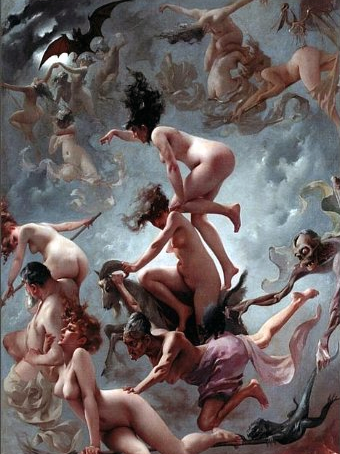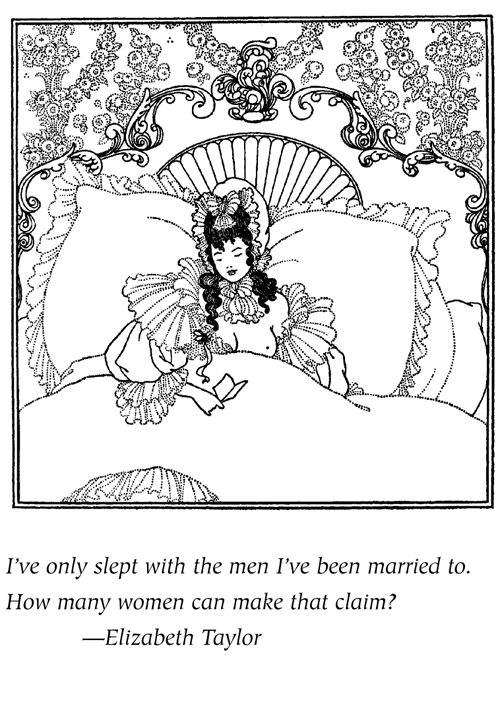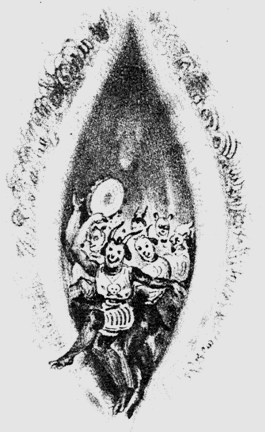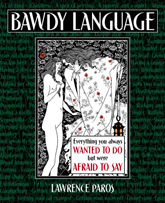The first affair occurred when man discovered the wifely function was to raise a family and administer the household, but for pure pleasure and excitement he had to look elsewhere.
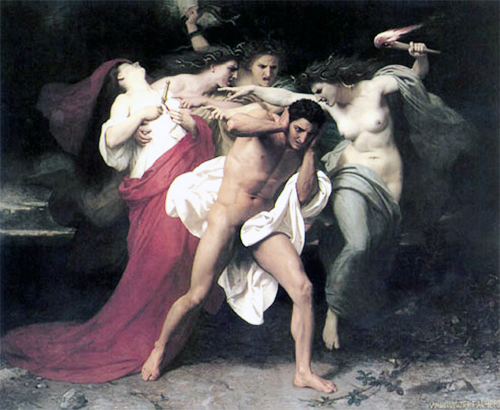
The Old Testament sanctioned such activity with the concubine(from the Latin concubitus, “lying together”), who was to serve as a man’s consort on a regular and exclusive basis. Man later broke the monogamy with his mistress, inamorata, or paramour (14thC, originally two words, par and amour, hence “being in love through or by sexual love”), though there was a time when it described spiritual love, as in the medieval poem where Mary spoke of Jesus as “myne own dere sonne and paramour.” On a less lofty plane, she became his sparerib, side dish, tackle (17thC), and flame.
Verbally, she always did far better than the wife. The wife was relegated to a conveniency (17th–19thC), an ordinary (17th–20thC), a comfortable (17th–20thC), and, at times, an impudence (17th–20thC). It was conceded on occasion that she was a necessary, but that term, along with a convenience, also referred to a water closet, putting her in somewhat less than distinguished company. The mistress, though at times deemed peculiar (17th–19thC), has always been his natural and his pure (both 17th–19thC) and — when counted among the very best—his purest pure (17thC).
But it’s been downhill ever since. When man started playing for keeps, she became a kept woman (18th–20thC) and he, her keeper, leaving us with images of a caged female held at bay with chair and whip. Her glory faded further with the appellation, a wife in watercolors (c. 1780–1840), “like their enjoyments, easily effaced or dissolved.” Her slide continued as the brazen hussy, finally hitting rock bottom in the twentieth century as the other woman and a little on the side.
Faithfully Yours
Conjugal infidelity is not a subject you casually fool around with (mid 20thC). To be caught cheating (20thC) is unspeakable and a topic of criminal conversation (19thC). Some even dare call it treason (17thC), fleshly treason, or smock treason

Most adults prefer practicing adultery, but even with practice it’s still hardly adult behavior—in fact, it’s not even adolescent. “Adult” and “adolescent” both derive from the Latin ad and alere, “to nourish or raise toward maturity.” Adultery, on the other hand, comes from ad and alterare, “to change into something else,” as to corrupt another, or from ad and alterum, “to turn to another.”
Currently, adultery itself has been badly corrupted. It began when Mencken dubbed it “democracy applied to love,” culminating in today’s swingers and what some call open marriage (c. 1970s).
So too with the word adult. We label more and more of our contemporary activities adult, though they have become increasing puerile. It’s enough to drive one to an adult-entertainment zone for some adult reading matter.
Read more – http://bawdylanguage.com

